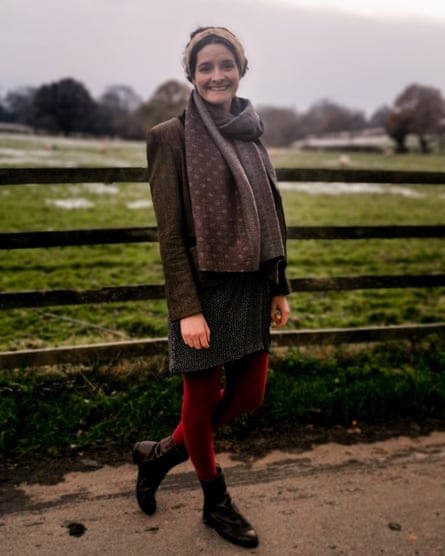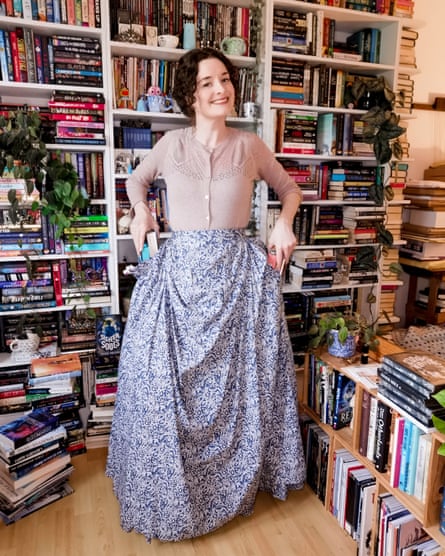
I had missed my intended train to London Victoria and was running late. The carriages were busy, but I managed to find a seat and read a few more chapters of the paperback I was enjoying. I was uncomfortable, distracted and worried about my choice of outfit. Would I be overdressed? I should have opted for skinny jeans and a nice blouse, but there was no time to turn around.
My discomfort about my clothing had already put me behind schedule. A baby was crying. I moved seats so that the parents could sit together. A tinny announcement declared that we would unexpectedly have to change at Gatwick due to a staffing issue. Flustered, I texted my friend to let her know I would meet her at the bar.
It wasn’t until I got on the tube, relieved that I wouldn’t be as late as I had anticipated, that I realised my paperback had been forgotten somewhere en route. As anyone who has seen my overstuffed bookshelves will attest, I don’t let go of books easily. The more I thought about it, the more I blamed my outfit for the loss. The problem, I decided, was pockets. More specifically, the lack of them.
No clothing designed for a woman has pockets of any significance, certainly nothing practical. The long-sleeved minidress I was wearing had token pockets, smaller than a credit card and sewn up for good measure. That evening I had squeezed my essentials into a small bag, with an emergency tenner hidden in my bra.
If only I had proper pockets. Women used to, didn’t they?
An accomplished seamstress by my late teens, I spent much of university making costumes for theatre groups and historical events. Now, I dived back into that hobby, researching huge 18th-century-style pockets that tied on under a woman’s skirt and could hold an astonishing amount of stuff. It seemed that as women’s garments became more figure-hugging these large pockets were exchanged for purses called “reticules”, and we never really went back.
I wanted some big enough to fit the essentials – phone, keys, a book, my iPad and maybe a bottle of wine. I quickly realised that pockets of such gargantuan proportions were impossible to fit into even the most generous modern skirt design.
While making costumes, I had occasionally whipped up something for myself – 1890s-style gowns in emerald silk, Tudor kirtles and linen smocks – but I never had the confidence to wear them out unless it was for a re-enactment event. I made myself some bustle-era-inspired skirts and, nervously, wore them to the bookshop where I worked. Customers loved them – one even asked if I had escaped from a book! Encouraged, I made more and started dressing daily in historically inspired clothing, known online as “history bounding”.

Finally, I had the pockets I had dreamed of. What I didn’t expect was for so much else to change. I get stared at a lot but I don’t feel self-conscious; rather, I’m more confident than ever. My skirts make me memorable. Strangers stop to talk to me, and each conversation becomes an opportunity to connect and learn.
I joined TikTok to share my love of books, pockets and big dresses, and have grown a community of thousands. I learned to prioritise time over money and wrote the book I wanted to, irrespective of its commercial potential. I thought a lot about selfhood and what “success” means. I have also reassessed whether I want to become a mother, something I used to assume would happen one day just because society expects it.
I realised, to my surprise, that I was now happy. When I stopped worrying about society’s expectations of how I should dress, I unwittingly let go of long-held beliefs that were holding me back and found emotional, social and creative freedom. After years of trying to fit in, I had finally found myself.
I have not lost a book on a train since, and when someone says: “Gosh, I like your skirt,” I always respond: “Thanks, it has pockets.”
Sixteen Souls by Rosie Talbot is published by Scholastic (£8.99). To support the Guardian and Observer, order your copy at guardianbookshop.com. Delivery charges may apply



